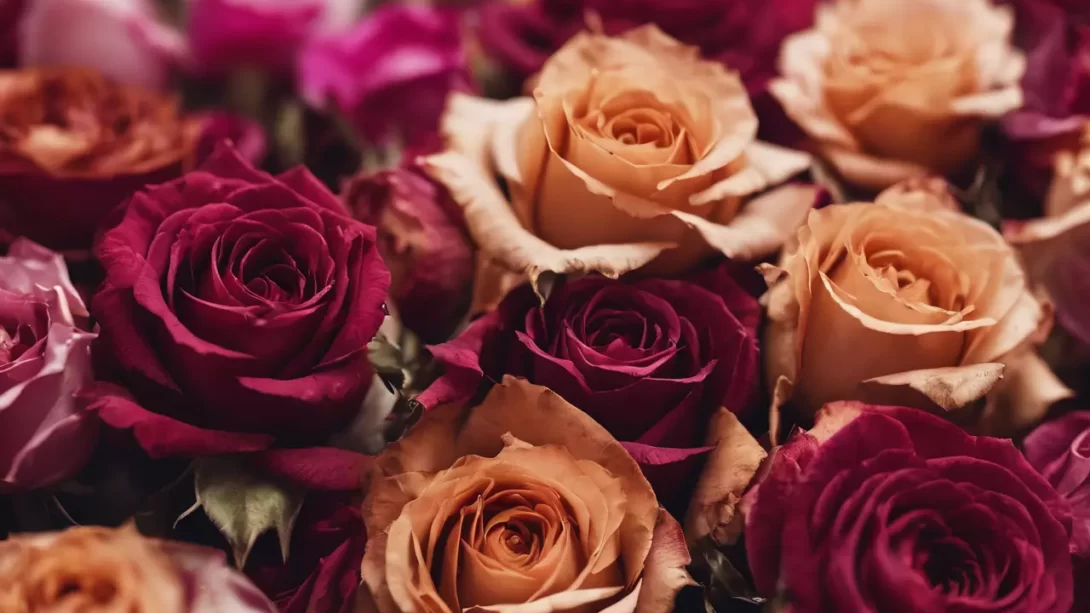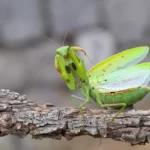Dried roses captivate with their enduring beauty and versatility. Preserving roses by drying them is a wonderful way to extend their life and enjoy their beauty long after their fresh counterparts have faded. The process of drying roses is relatively simple and can be done through air drying, pressing, or using desiccants. Once dried, these roses offer a myriad of creative and practical uses.
Decorative Uses
One of the most popular ways to use dried roses is in home decoration. Dried rose wreaths and garlands can add a rustic and romantic touch to any space. Arranging them in shadow boxes or frames creates artistic wall displays, turning flowers into lasting mementos. Dried roses also make for a charming addition to homemade potpourri, blending their preserved beauty with other dried flowers and spices to fill rooms with a subtle, natural fragrance.
Personal Care and Beauty
Dried roses can also be transformed into luxurious personal care products. Infusing oils with dried rose petals creates a fragrant base for homemade skincare products like body oils or balms. Rosewater, made by steeping dried petals in water, is a gentle and natural ingredient for skincare routines, known for its hydrating and soothing properties. Additionally, ground rose petals can be added to homemade face masks or bath salts, offering a spa-like experience with the added benefits of roses’ natural properties.
Crafting Homemade Rosewater for Skincare
Making your own rosewater is a simple yet rewarding process. Start by steeping dried rose petals in distilled water and gently simmering them to extract their essence. Once cooled, the resulting fragrant water can be used as a facial toner, a refreshing mist, or a soothing ingredient in homemade beauty recipes. This rose-infused water harnesses the natural qualities of roses, providing a mild astringent and anti-inflammatory effect, ideal for nurturing the skin.
Culinary Applications
Dried roses can add a unique and elegant touch to various culinary creations. Their petals can be used to infuse sugar, creating rose-flavored sugar perfect for baking and dessert decoration. Dried rose petals are also a delightful addition to herbal teas, offering a subtle floral flavor and aroma. They can be incorporated into recipes for cakes, cookies, and other pastries, bringing a romantic flair to your baking. For those who enjoy mixology, dried roses can be used to infuse spirits or as a decorative and flavorful garnish in cocktails.
Aromatherapy and Wellness
The calming scent of roses makes them ideal for use in aromatherapy and wellness practices. Creating rose-scented sachets is a simple and effective way to incorporate the soothing aroma of roses into your daily life. These sachets can be tucked into drawers, closets, or even under pillows for a gentle, relaxing fragrance. Additionally, dried roses can be used to make homemade incense or added to meditation spaces, enhancing the ambiance with their peaceful scent. The natural aroma of roses is known for its stress-relieving properties, making it a wonderful addition to relaxation and mindfulness routines.
Crafts and Gift Ideas
Dried roses lend themselves beautifully to various craft projects and handmade gifts. Creating rose petal paper or bookmarks can be a charming way to repurpose rose petals into functional art. These unique creations make thoughtful gifts or keepsakes. Dried roses can also be artfully arranged in floral bouquets or used in crafting personalized gifts like candles or soaps. These DIY projects not only give a second life to your roses but also add a personal touch to gifts for friends and family.
Preservation and Storage
To maintain the beauty and aroma of dried roses, proper preservation and storage are key. It’s important to store them in a way that protects them from direct sunlight, as this can cause their colors to fade. Keeping them in a dry, cool place helps preserve their shape and fragrance. For long-term storage, placing dried roses in airtight containers or sealed bags can prevent dust accumulation and maintain their quality. If you notice any signs of moisture, it’s crucial to remove the roses and allow them to air out to prevent mold growth.
Displaying Dried Roses
Dried roses can be displayed in various creative ways. Arranging them in vases, either alone or mixed with other dried flowers and foliage, can create an attractive centerpiece or accent in any room. Hanging bunches of dried roses in a well-ventilated area adds a bohemian and natural touch to your décor. For a more lasting display, embedding dried rose petals in resin crafts, such as coasters or paperweights, can turn them into beautiful and functional art pieces.
Eco-Friendly and Sustainable Practices
Using dried roses is also an eco-friendly practice, as it allows you to enjoy the beauty of flowers without the need for constant replacements. By repurposing and upcycling, you contribute to sustainable practices, reducing waste and promoting a more environmentally conscious approach to home decor and personal care.
Conclusion
Dried roses offer a wealth of possibilities for creative and practical use. From enhancing home decor to adding a special touch to culinary dishes and personal care products, these preserved beauties provide endless opportunities for creativity and enjoyment. By understanding how to properly care for and utilize dried roses, you can extend their life and make the most of their timeless appeal. Whether for yourself or as thoughtful gifts for others, dried roses are a versatile and charming element that brings a touch of nature’s elegance into everyday life.



